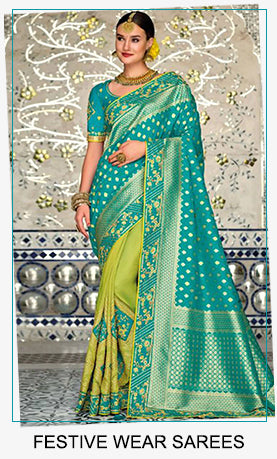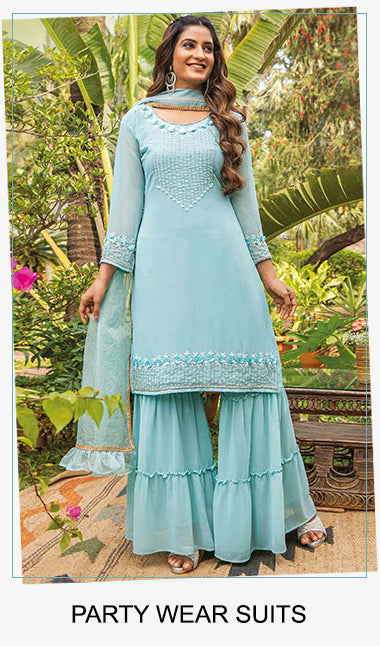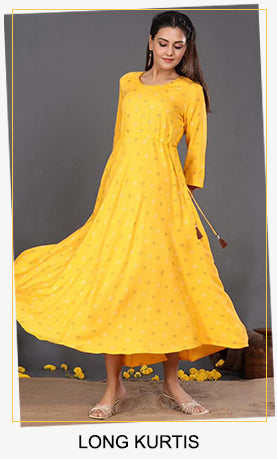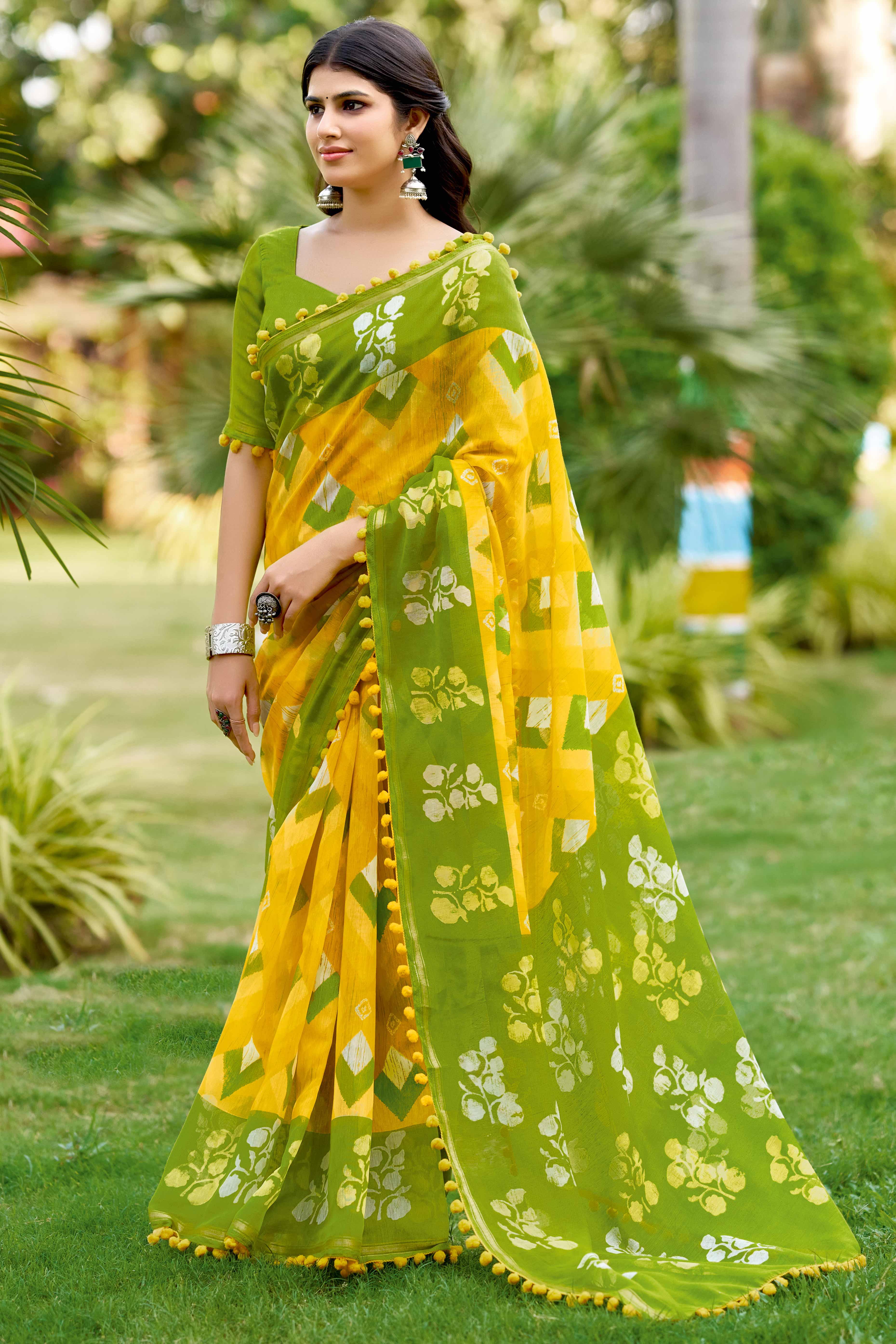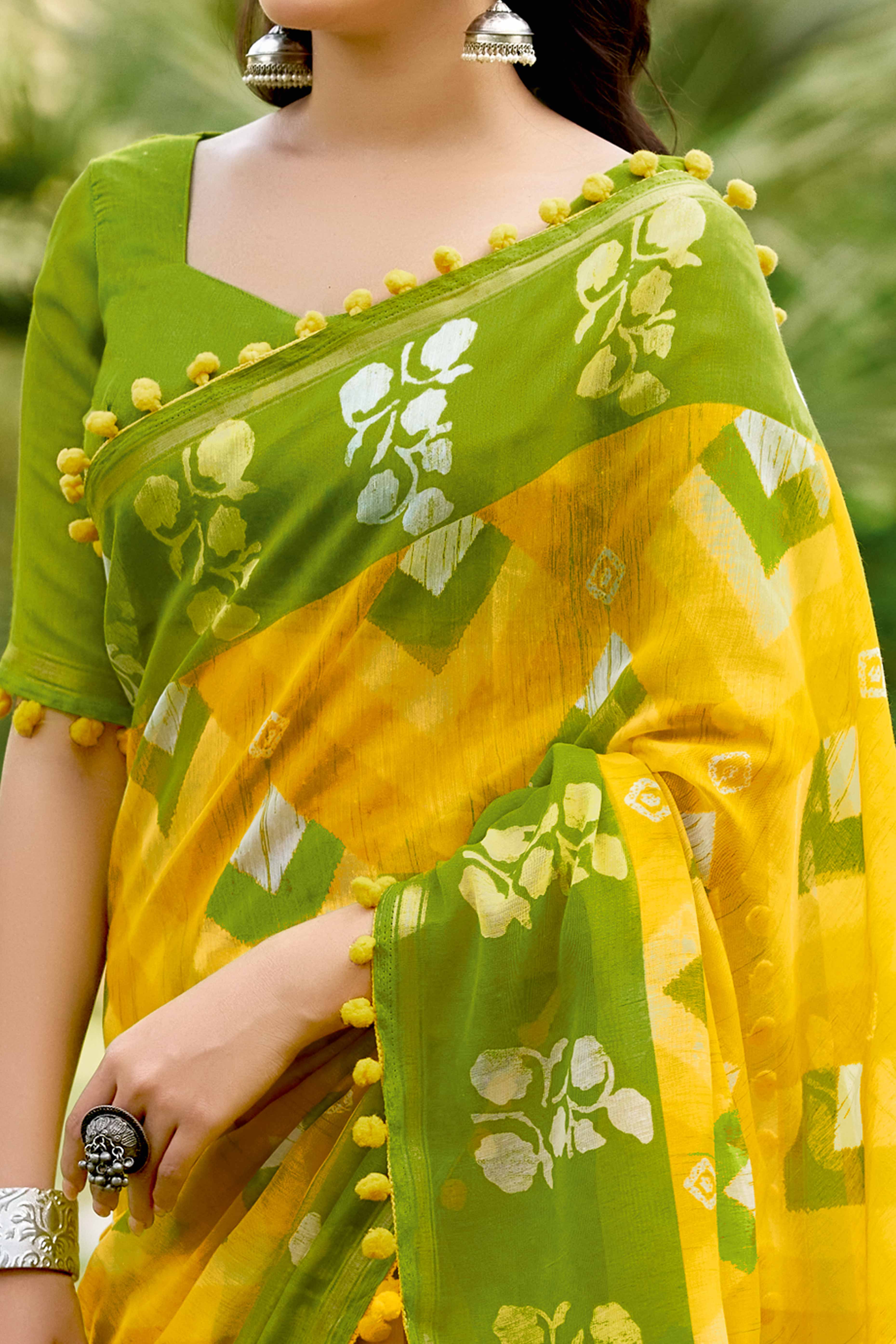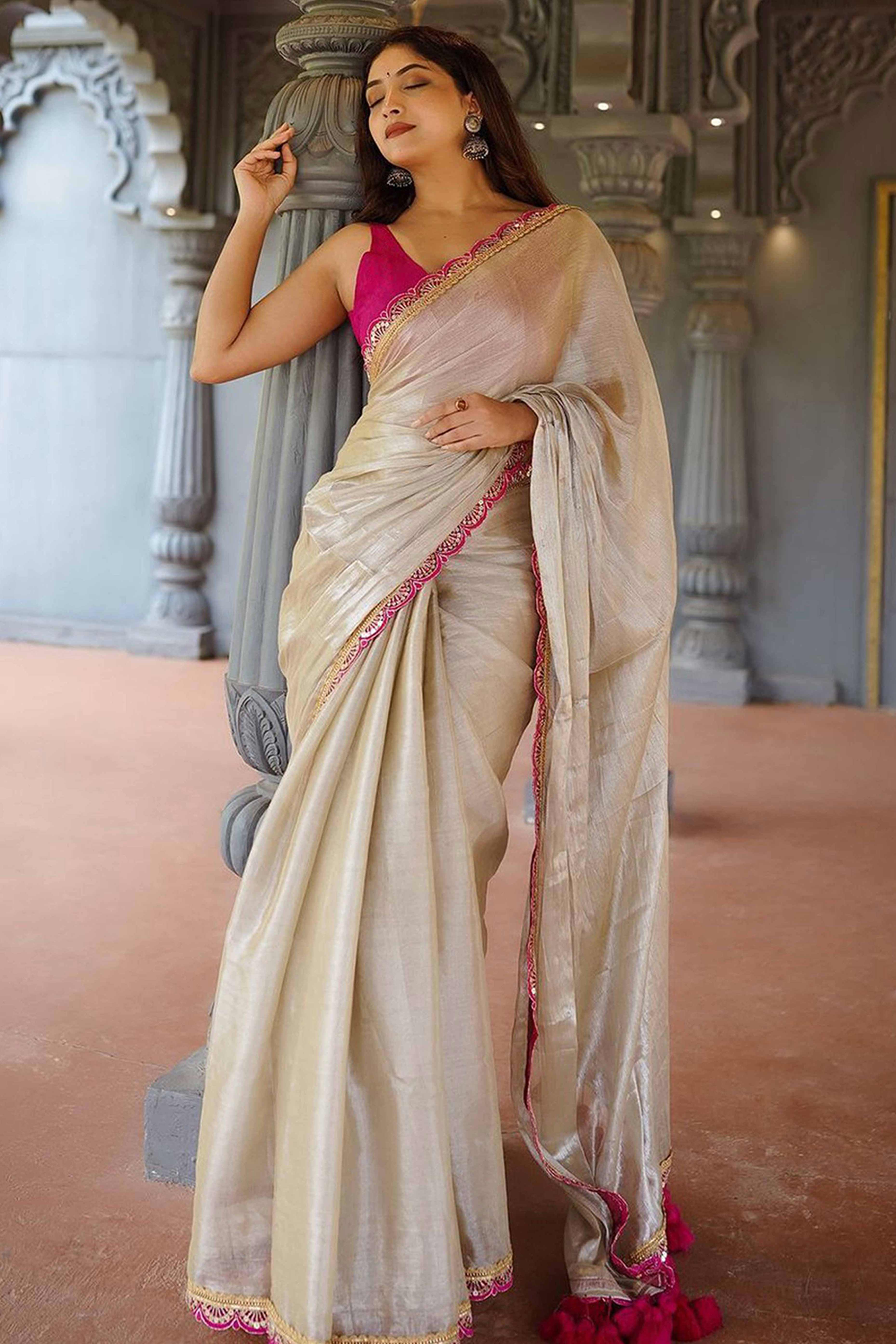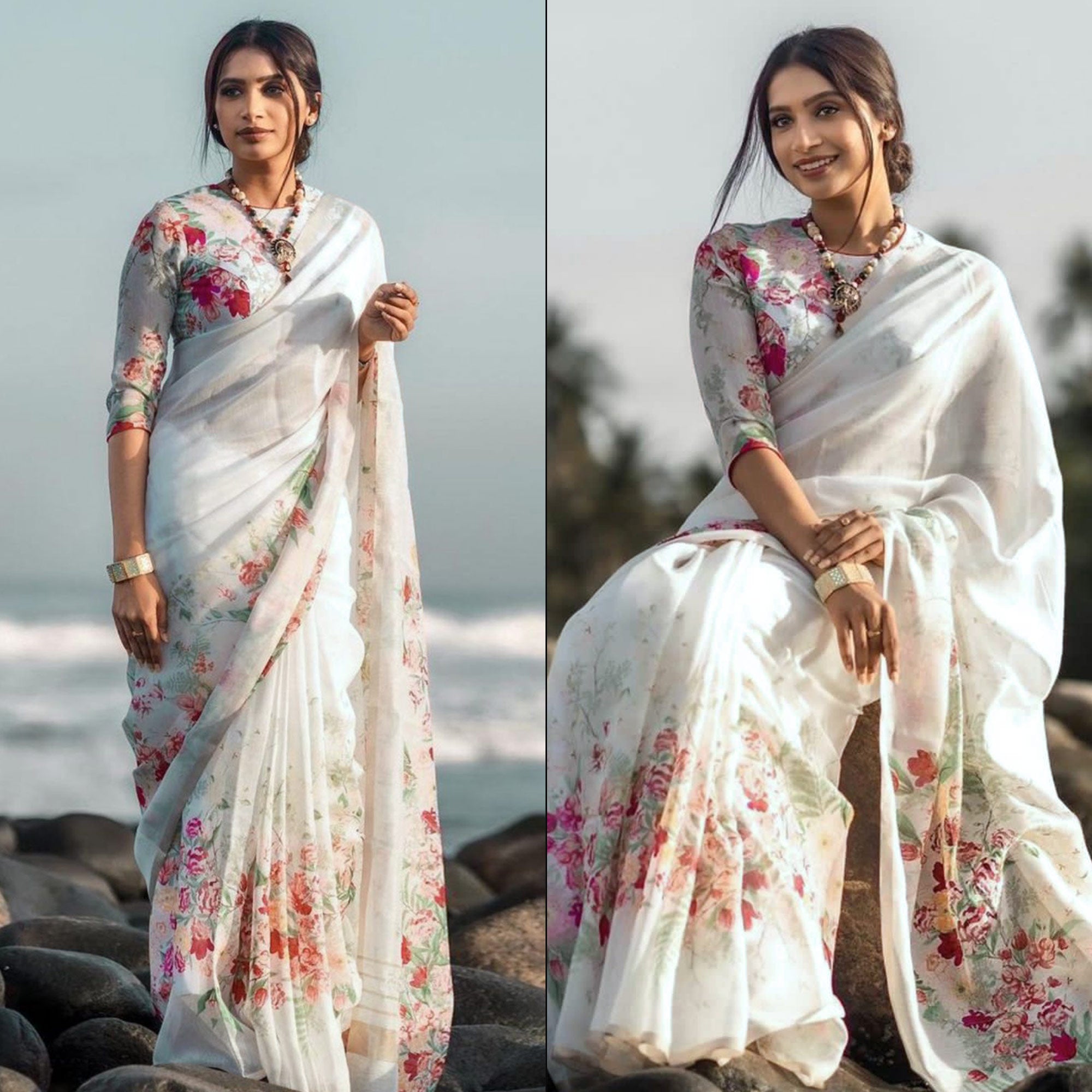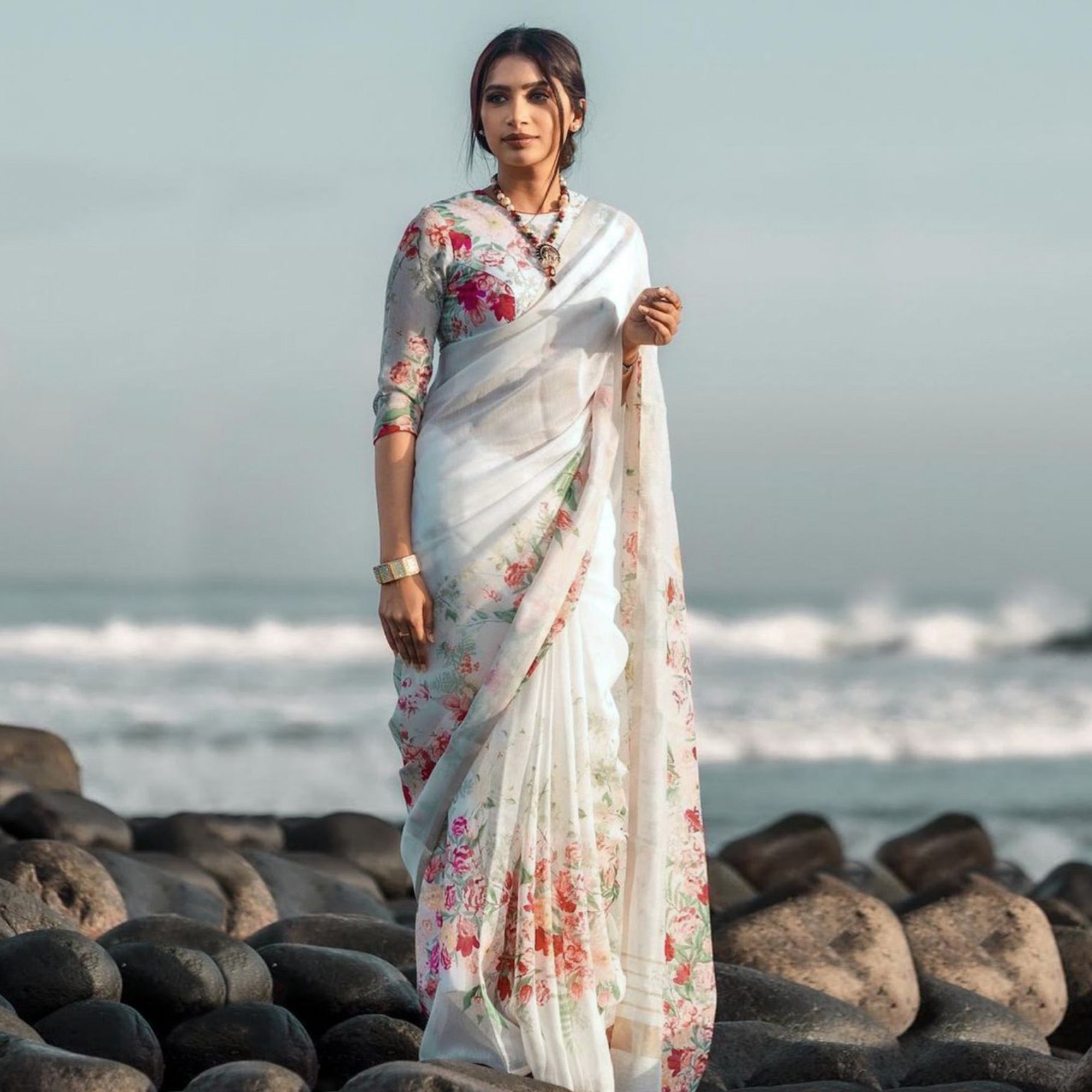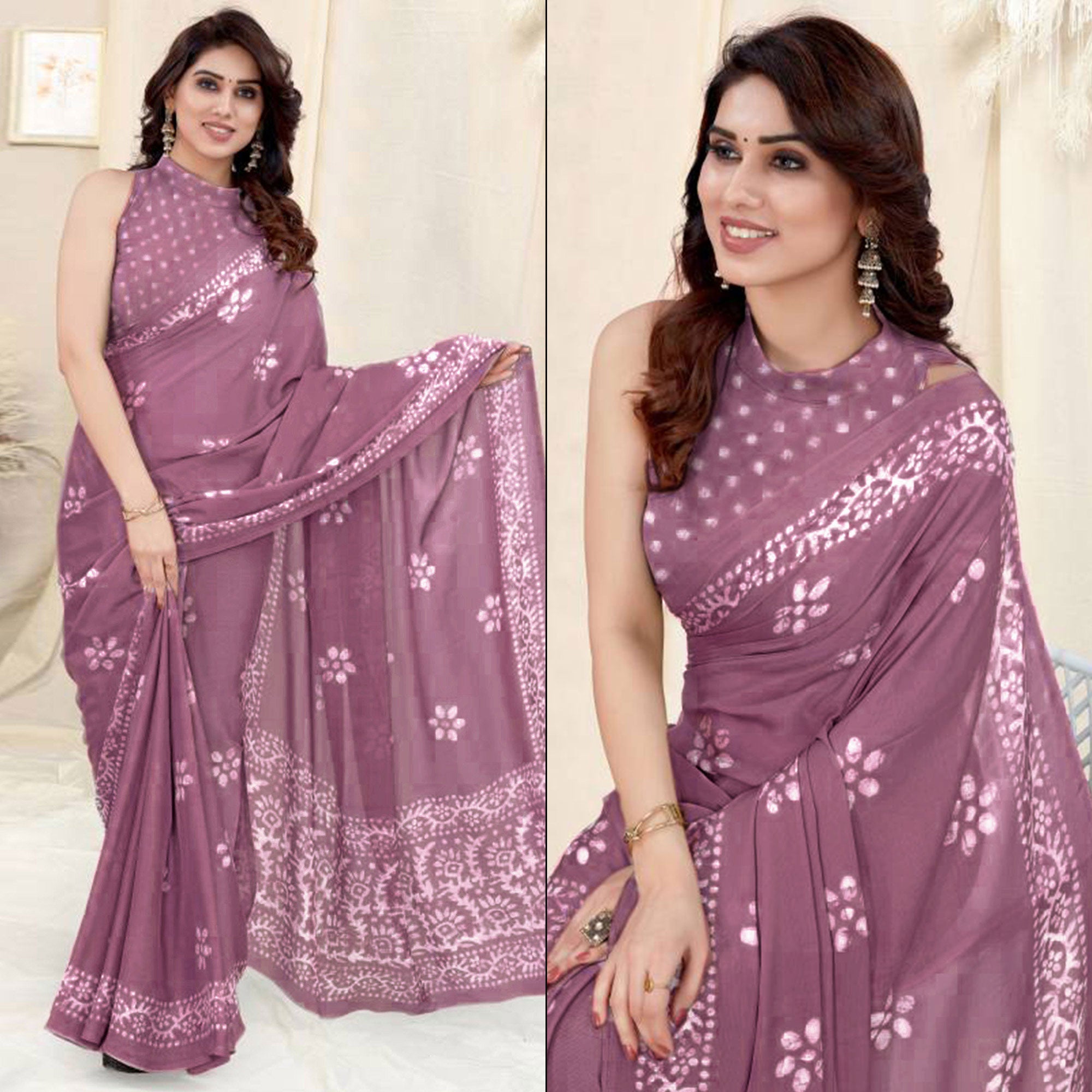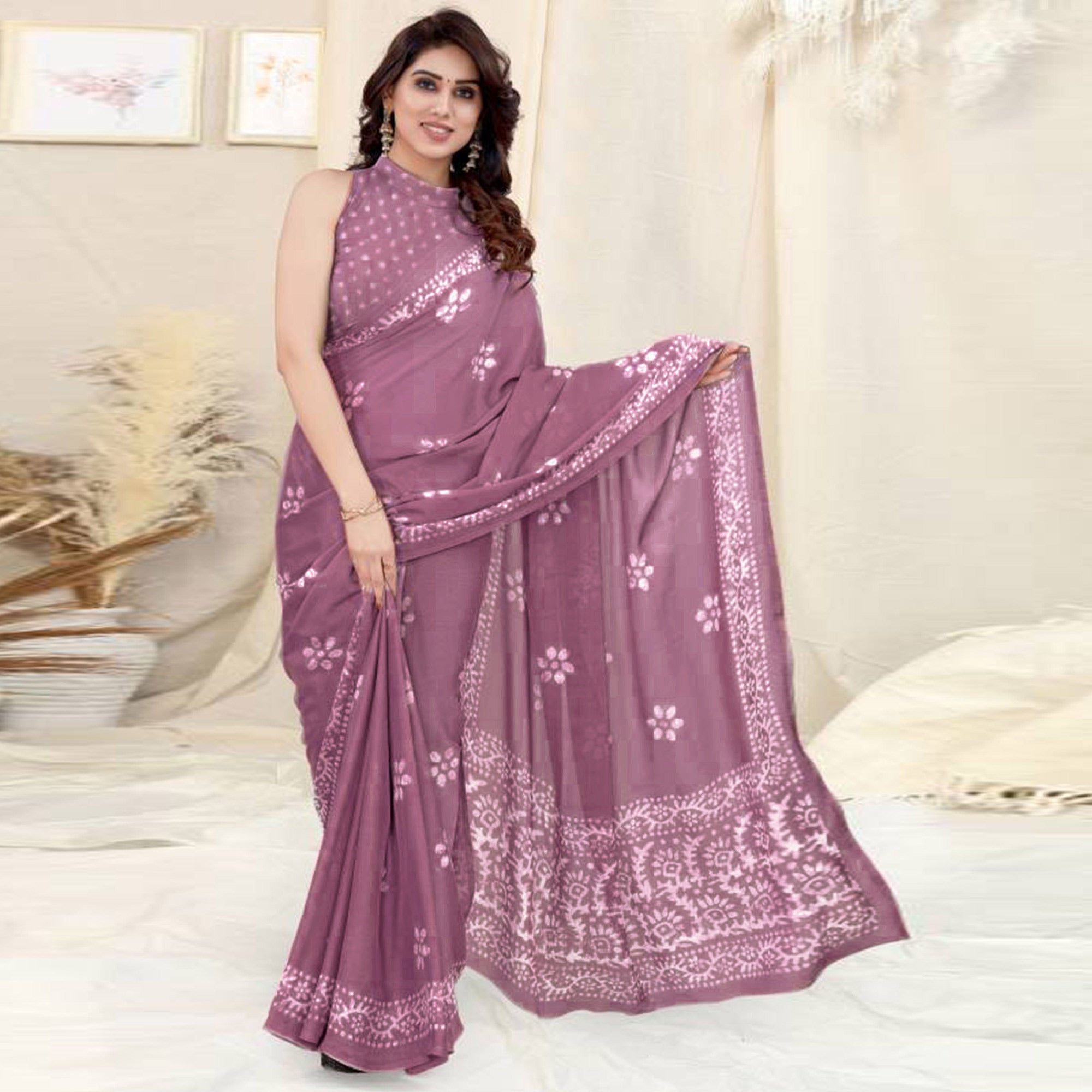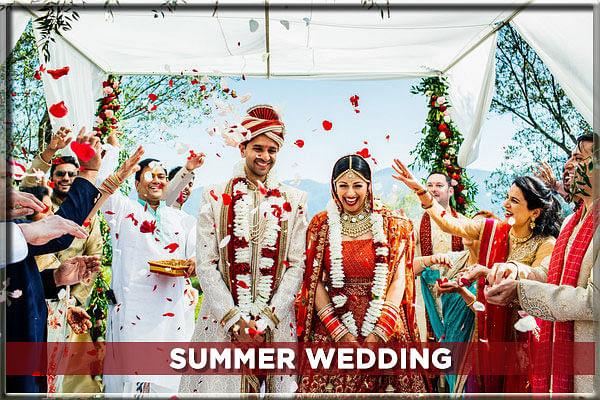Tabla is one of the most popular percussion instruments, especially in North India. It is a versatile musical instrument which wonderfully compliments dance and vocal music. Many would see table only as an accompanying instrument but the table players.
Construction
The table consists of a pair of drums. The right hand drum is called daya which is smaller in size. The larger and the left hand one is called baya. Daya is higher pitched and is a single wooden drum more like two truncated cones placed at the center. Skin tension is maintained by thong lacings and wooden dowels that are tapped with a hammer in retuning. It is usually tuned to the tonic, or ground note, of the raga.
The baya is more like a kettledrum which is made out of copper and sometimes out of clay or wood with wooden lacings around it to maintain the skin tension.

In both the cases of baya and daya, pressure from the heels of the player’s hand modifies the tonality and the pitch. The table is played sitting with sound being created on the drums through a variety of combination of finger and hand strokes. Each drum stroke can be expressed by a corresponding syllable, used for both teaching and performance purposes.
The skin stretched across both the drums is made of multiple membranes, one full and the other on the periphery of the full skin called keenar or chanti. This parchment, called pudi or chhavani, is tied to a plaited strip called gajra. Gajra is made by joining four or five leather braces made of goat or cow skin and is fixed to the mouth of the drum by means of leather braces called baddhi, made of buffalo skin. These braces are tied to another ring at the bottom of the instrument. There are sixteen holes or ghar to which the braces are tied at equidistance giving the instrument an equal tension at all the points. Beneath each pair of leather bracing, a small tuning block of wood (gatta) is kept.
The most important and significant part of the parchment is the black paste called 'syahi', about seven centimetres in diameter; it is affixed centrally on daya and eccentrically on baya. The syahi is a finely ground mixture of iron powder, glue, paste of wheat flour and charcoal powder (some makers prefer rice powder instead of wheat flour). This paste is applied layer by layer on the surface of the parchment. After applying one layer the same is polished with a smooth stone, and before this layer dries out another layer is laid. This work is done by highly expert tabla makers and the total thickness is judged only by experience. Both the drums are placed upon rings made of cloth, which provide stability during playing.

The height and weight of tabla as well as the application of syahi, and making of pudi, all these procedures have modified and changed a lot during the past hundred years. Things have become more refined and the instruments are made with a more professional approach. The tabla is made all through the northern part of India but the ones made at Delhi, Mumbai, Benaras and Calcutta are of a superior quality. The parchment called pudi is prepared at many places. Each place has its own unique style of preparing it. Delhi, Mumbai, Pune and Calcutta are famous for their special technique. It is made in different sizes to match the different pitches of vocalists and instruments. While the tabla is placed in front of the player, the player sits cross-legged to play on it.
The Tabla Tale
The name tabla finds its origin in the Arab word tabl. In Arabic, tabl means any musical instrument with a flat surface facing upwards. Many scholars believe that the term is derived from the Latin word tabula actually.
Also read: Must Have Festive Lehengas

There are a lot of theories that opine that the English word table actually finds its roots in the word tabla.
In pre-historic eras with recorded evidence, any hemispherical instruments with a kettledrum or an egg like shape were identified as tabl.
Tabla supported all the variations of light music and quickly gained recognition as a musical instrument. Until 18th century, it was restricted to folk music and was more of a popular choice among the lower caste people. It was around the same time that the dhrupad had a downfall (a style of singing), and its allied instruments like been and rabab, pakhavaj also lost their popularity.

So now a new percussion instrument needed to fill in the void to accompany the sitar and sarod. This instrument was required to bear a similarity with pakhavaj and at the same time was to be a light instrument. Tabla fitted both the requirements perfectly. Also, tabla being an instrument of fingers, is able to produce notes that are impossible to attain on a pakhavaj.
During the reign of Mohammad Shah Rangeele in the eighteenth century, Hindustani classical music gained popularity and so did the need amongst the masses to learn tabla.

Many such schools set up and the major ones that flourished immensely during this period are- Dilli, Ajrada, Lucknow, Farrukhabad, Benaras and Punjab.
The modern tabla has incorporated advanced techniques and is capable of producing almost all types of rhythms and patterns a musician can think of.
The School of Learning
Until very recently, the study of tabla was an apprentice system, or guru/disciple relationship. A direct descendent of the founder of the gharana, or an acknowledged master player would be given permission to become a guru and only then be able to accept students. After many years of study, a student would be accepted as a disciple, which is a very serious commitment that often involves living with the guru and helping with household chores or any other work that the guru might request. The guru will then be totally committed to teaching everything they know, including secret family compositions that could be 250 years old, as well as to help and guide the student in non-musical areas as well. This commitment is realized at a special ceremony that usually takes place in a Hindu temple and, at that point, the student may no longer study with another teacher.

In the modern world, this ancient apprentice system is in danger because of many new pressures and attitudes, but it still functions and the expectations are the same for a student from the West as it is for a student in India.
There are hundreds of artists who with their continuous sadhana and life long dedication enriched the instrument's technicalities and in its vast repertoire and popularity. Some unforgettable names are Ameer Husain Khan, Thirukva Khan, Habibuddin Khan, Ram Sahay, Abid Husain Khan, Anokhelal, Lateef Ahmed and Gudai Maharaj, along with the living legends like Alia Rakha Khan, Kishan Maharaj and Sharda Sahay. Among the younger generation Zakir Hussain, Sapan Chaudhari, Anindo Chatterjee, Kumar Bose, Shafaat Ahmed, Bikram Ghosh and several others are the prominent tabla players that India has produced.


